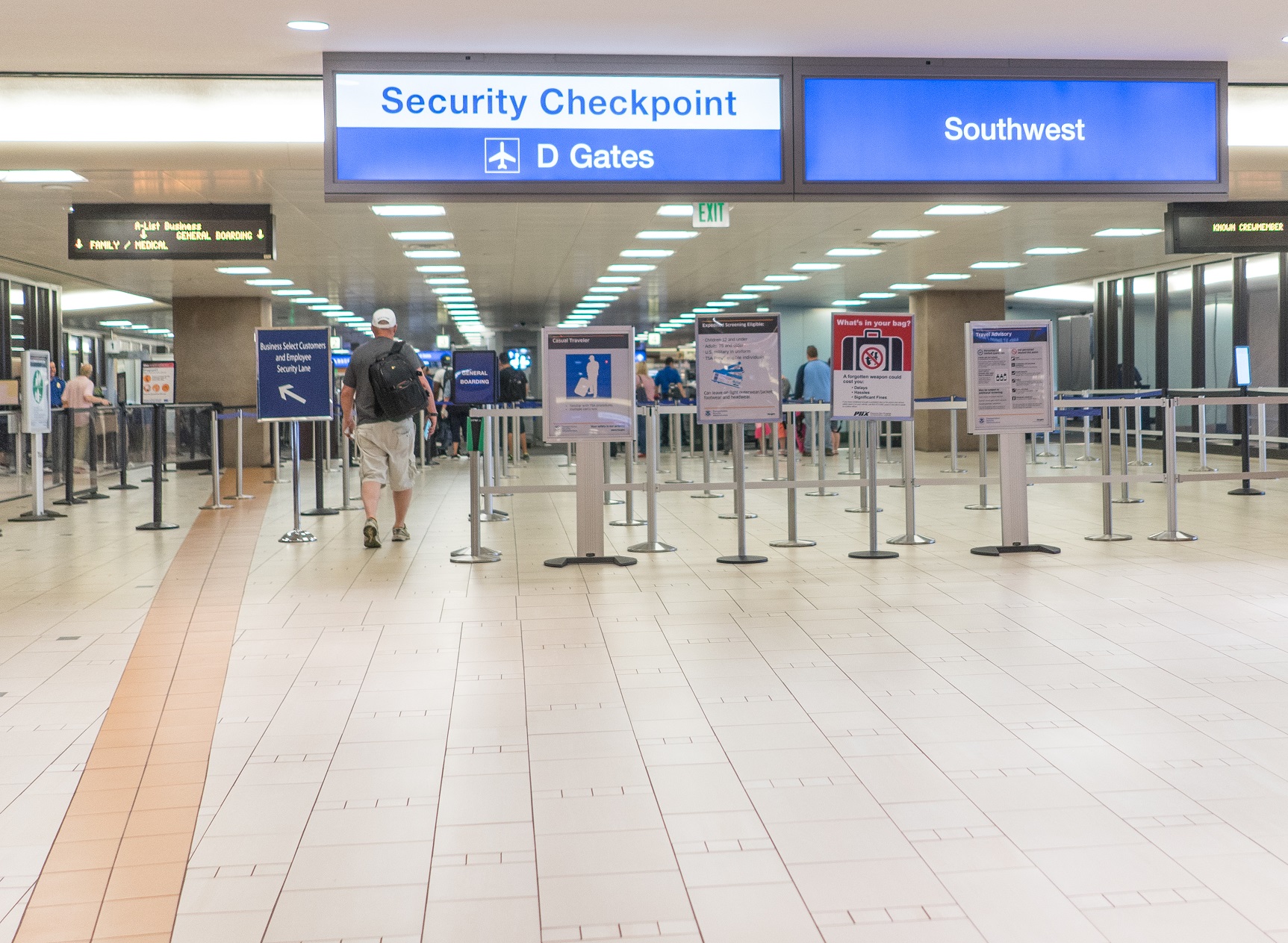
The fourth phase of the REAL ID Act begins on October 1, 2020. At that time, every traveler will need to have a REAL ID-compliant driver’s license, or another form of accepted ID, such as a passport, in order to board federally regulated commercial aircraft. This has the potential to disrupt higher education travel programs in areas such as study abroad, conferences, athletics and more. Therefore, your school’s travel manager should consider how they can educate your faculty, staff and student travelers about the upcoming changes. Here are some tips to get you started:
Ongoing, consistent communication will be key for communicating this change. You can start by explaining to your school’s travelers exactly what the REAL ID Act is. The Department of Homeland Security, which is responsible for the Act, has a wealth of information about the various phases, status of states’ compliance and deadlines on their website.
Since each of your school’s travelers will be responsible for securing a REAL ID-compliant driver’s license if they so choose, they will have to find time in their schedule to do that. We all know how easy it is to procrastinate and put off tasks like these, so ongoing reminders will be helpful in this regard. Remember, as October 1, 2020 nears, longer lines at local DMVs should be expected and possible delays in processing. When on-boarding new faculty and staff that will be traveling on behalf of your institution, as well as students that will be participating in athletics requiring air travel or students wanting to study abroad, you’ll want to be sure they are also aware of the REAL ID Act.
With the enforcement date a little over 10 months away, it’s a good idea to start putting together a communication plan and implementing it. For more information about the REAL ID Act or for assistance communicating this with your faculty, staff, and students, contact Travel Leaders / Destinations Unlimited.